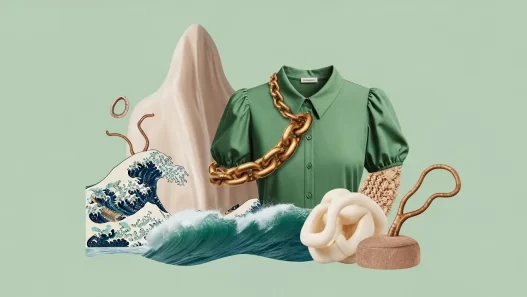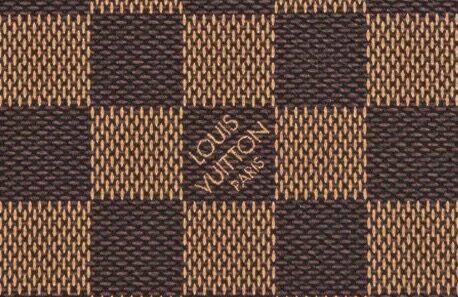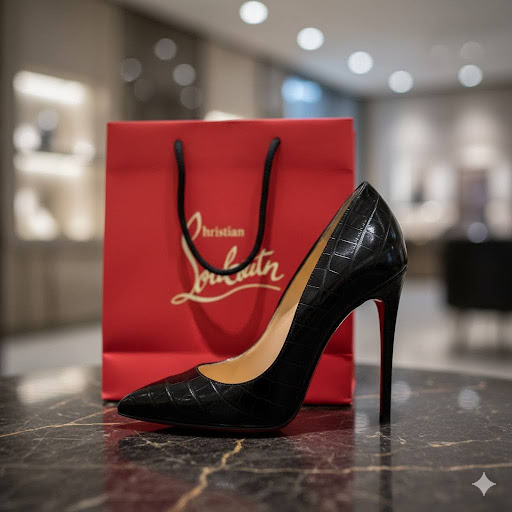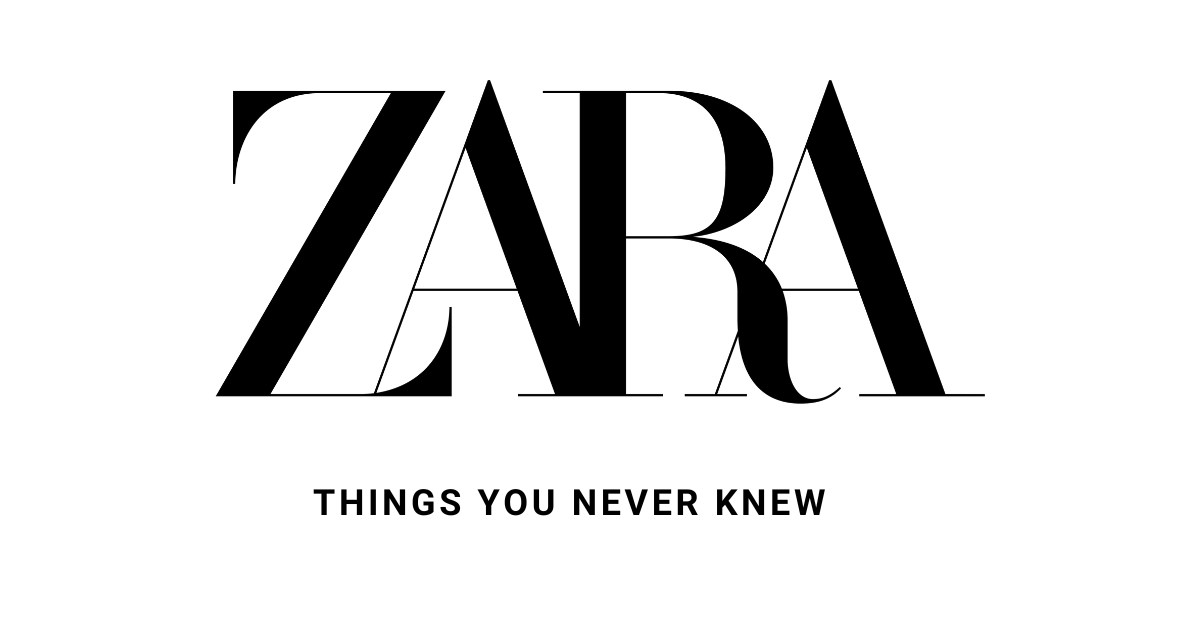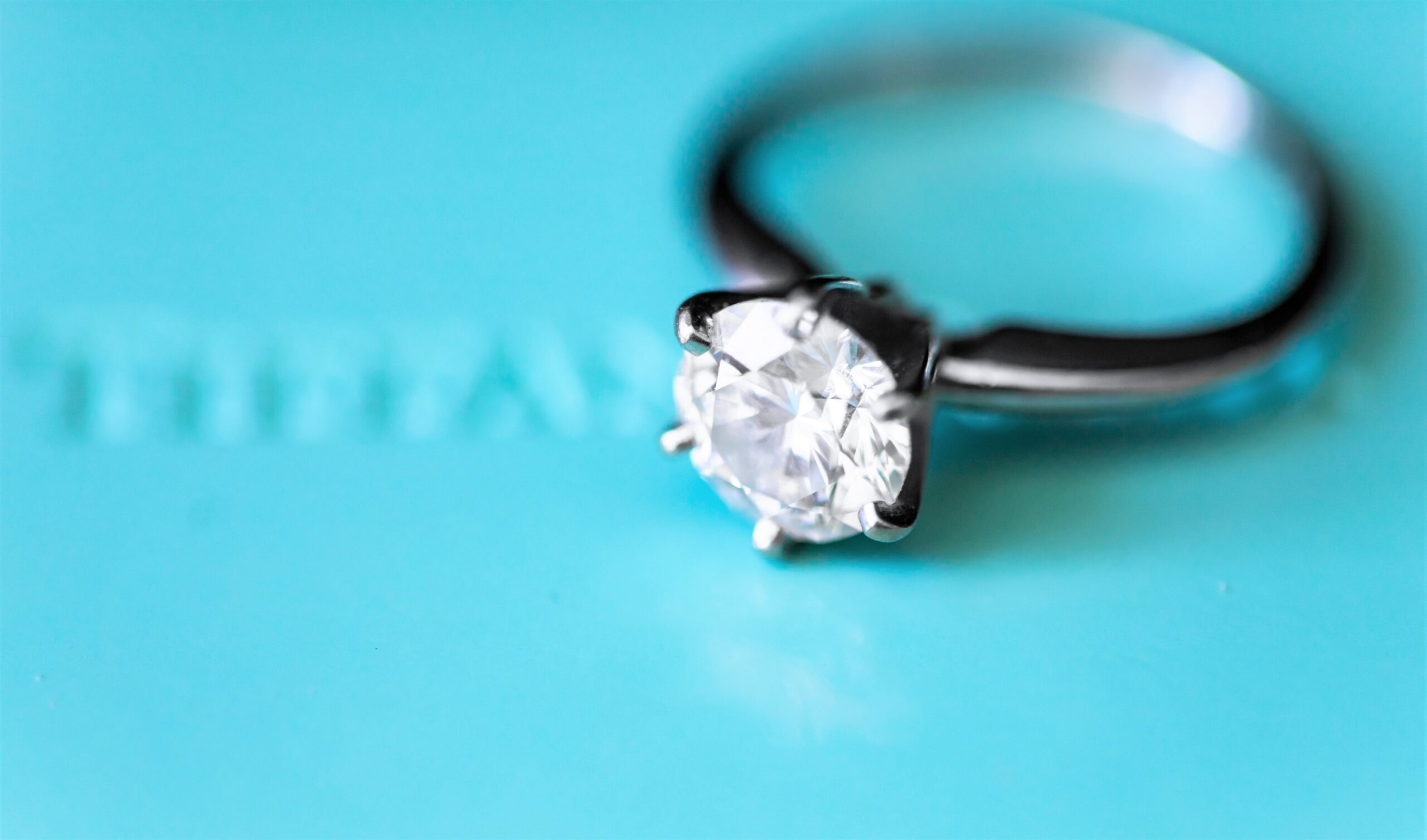In international relations, words and treaties often dominate discussions of diplomacy. Yet, another subtle form of communication wields equal power: the language of clothing. It is no secret to political figures and first ladies that fashion is no longer only about style but also a psychological tool that can help people feel attached, warm, and approachable, where rhetoric is not always able to accomplish the intended effect.
One of the most iconic examples of this is Jacqueline Kennedy. In the remaining parts of the world, following the tragedy of the assassination of President John F. Kennedy, the limelight was on the First Lady. Kennedy wore an Oleg Cassini pillbox hat and corresponding coat during her visit to Paris in 1961, which projected connotations of elegance, charm, and tranquillity amidst the tensions of the Cold War and also the personal defeat of the American president (Wright, 2016). Not only did her dresses reflect the fashion of those days, but they also served as a means of emotional attachment, meaning that she was stable, graceful, and approachable to her country.
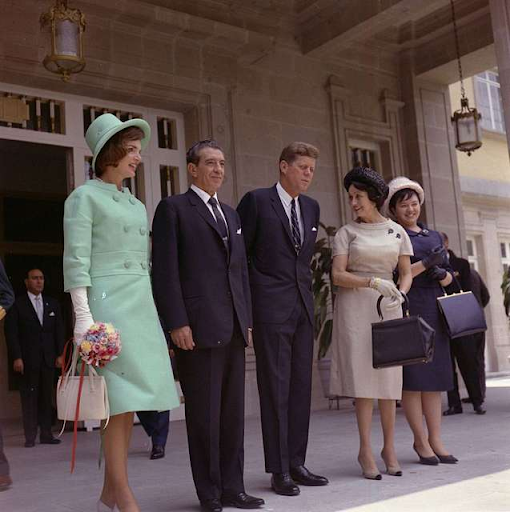
Kennedy was not only able to make a fashion impact on clothing but also on accessories, the most popular being the handbag that would be named after her, the Gucci Jackie bag. Invented in the 1960s and popularised by the easy use of the bag by Kennedy when she appeared in public, it was a symbol of discreet sophistication and initial style (Kim, 2024).
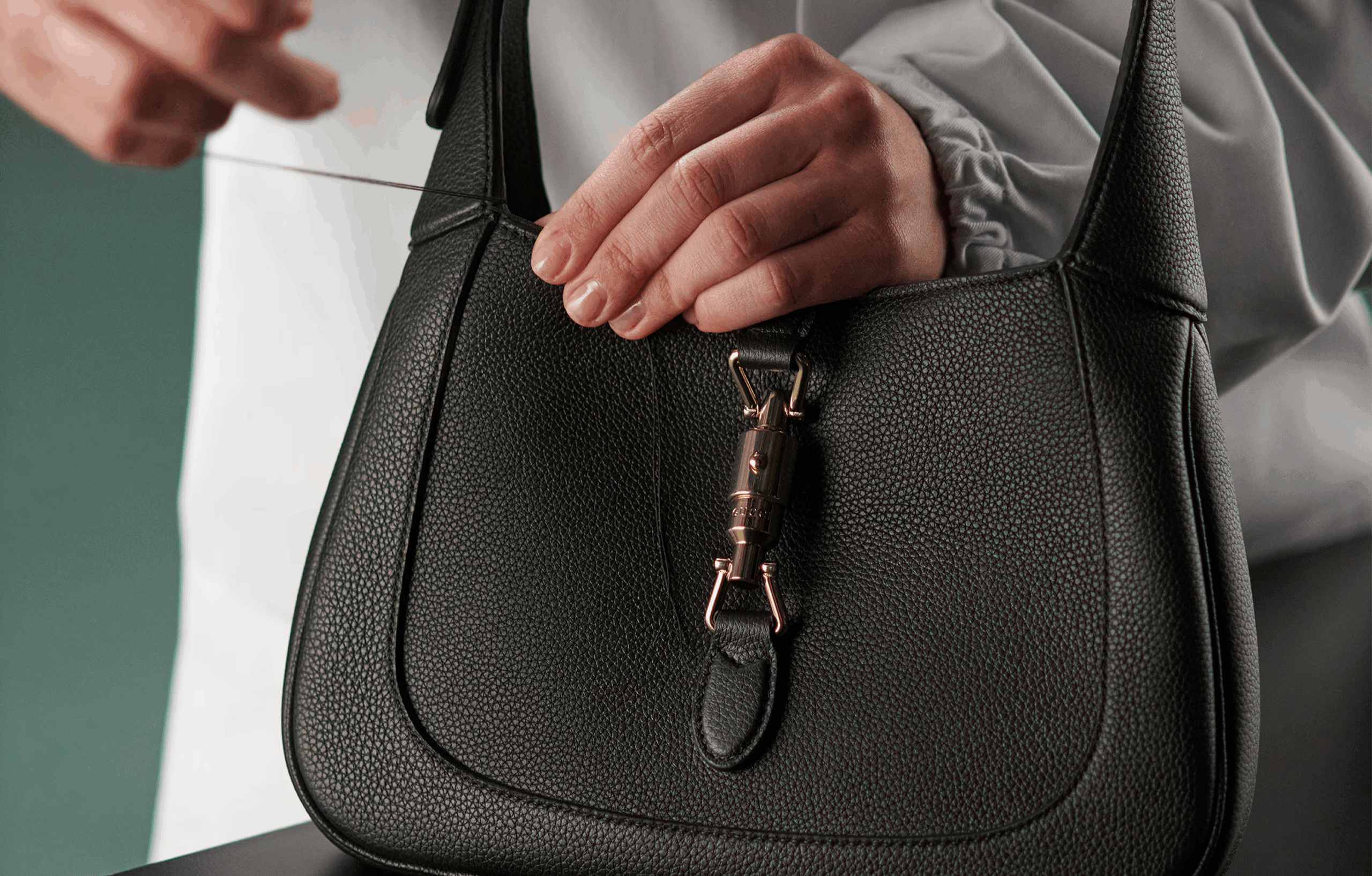
Unlike ostentatious designer items, the Gucci Jackie was functional, polished, and timeless, a true reflection of Kennedy’s persona that made power feel accessible and relatable. The bag’s continued popularity demonstrates how a single accessory can carry emotional resonance decades later, signalling style, tact, and human connection without words (Kim, 2024).
This legacy of emotional diplomacy has been carried on by Jill Biden decades later, in the form of her clothes. Wearing sets of accessible American designers on state visits and diplomatic missions, she sends the message of inclusivity and relatability. She reminds the international audience that American leadership is rooted in accessibility and mutual values (Lakritz, 2022). Indicatively, in the presence of foreign dignitaries, her choice of practical but graceful outfits, which are carefully selected to be comfortable, in harmony with colours, and culturally sensitive, reaffirms an image of openness without the necessity of proclamation.
Most remarkably, at the 2022 State of the Union, Jill Biden was wearing an indigo satin gown, designed as a midi-length dress by an American designer, Sally LaPointe, with a sunflower embroidered on the right sleeve (Lakritz, 2022). The national flower of Ukraine, the sunflower, had also become an icon of defiance since the invasion by Russia. With such a minor detail, the First Lady was able to convey her unity and compassion toward the Ukrainian people, transforming her wardrobe into an instrument of emotional diplomacy without uttering a word publicly (Lakritz, 2022).
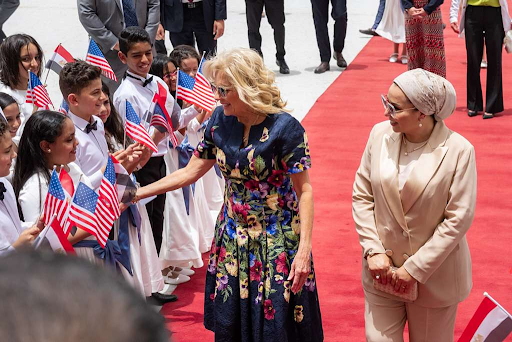
The rationale of such a wardrobe is in the sphere of psychology. Clothing can be an emotional trigger, a cue or a way to form perceptions that words cannot sometimes achieve. Pastel colours, cosy materials, and recognisable silhouettes may present the feeling of cosiness and reliability, whereas custom-made silhouettes and plain designs relate to competence and esteem (Hagan, 2025). These decisions are frequently calculated, tactical, and subtle, tailored to a certain degree to appeal logically to other leaders and emotionally to the audience around the world (Hagan, 2025).
In addition to personal style, fashion in diplomacy is a non-verbal medium of communication, especially when one is confused or faced with tension. The light colour scheme of a First Lady in a delicate negotiation or the carefully chosen outfit of a humanitarian visit can help soften the political lines and make human figures appear closer and relatable, who they otherwise might have been considered as being in a different world. In this respect, fashion is like emotional intelligence, a way of crossing cultural boundaries and creating goodwill without the need to politicise (Ferere, 2025).
A larger fact that this kind of diplomacy brings to light is that international relations are not done with the help of treaties or speeches alone. Each visual cue counts, and wardrobes are among the fastest and most ubiquitous means of expression of intent and feeling. Using fashion as a means of expression of emotion, the leaders and their allies may convey the feeling of empathy, solidarity, and respect, affecting the perception of the community and the mood in the environment where diplomatic negotiations should take place.
From the diplomacy of Jackie Kennedy in Paris to the approachable grace of Jill Biden in modern global interactions, the development of fashion as emotional diplomacy is that style is not simply stylish but a firm but gentle tool of soft power in the international arena.



